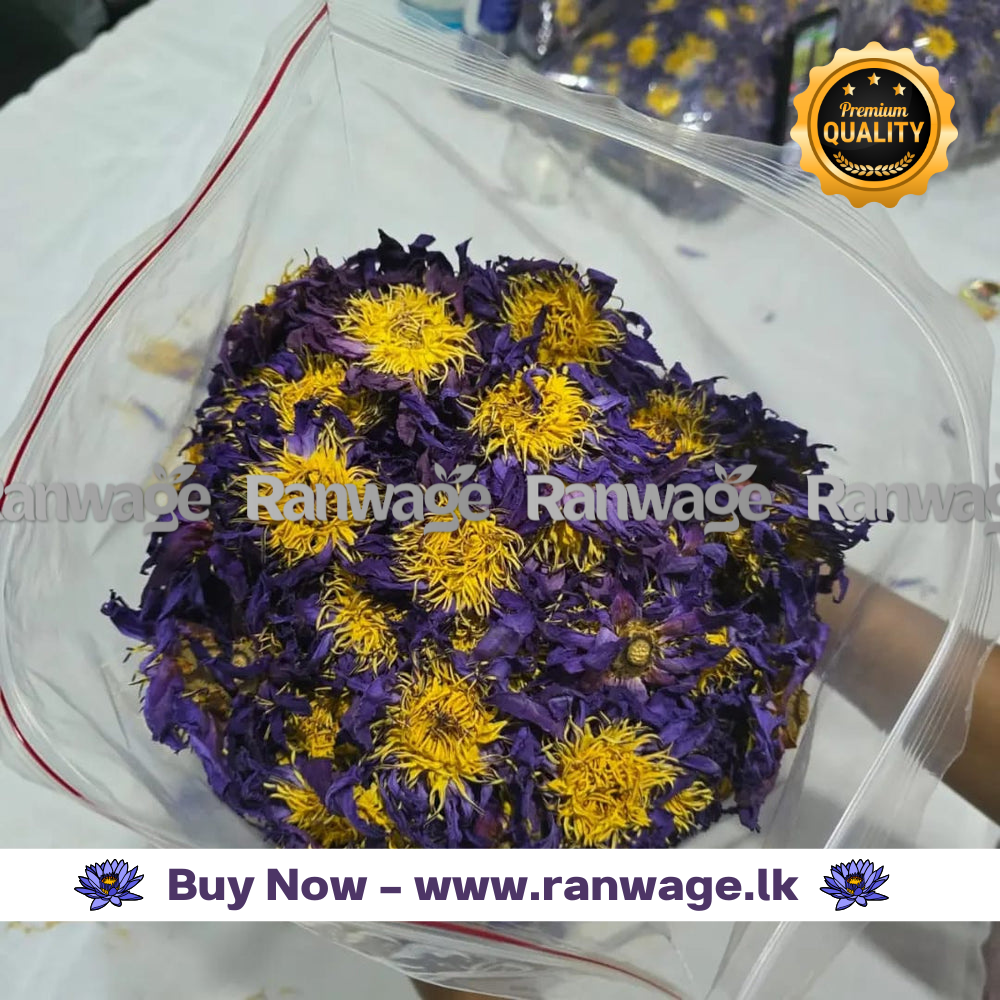The blue lotus flower (Nymphaea caerulea), also known as the blue Egyptian lotus or sacred blue lily, is a water lily that has been revered since ancient times for its spiritual, medicinal, and psychoactive properties.
Key Facts About Blue Lotus:
- Origin: Native to Egypt and parts of Asia, it was used in ancient Egyptian rituals and art.
- Traditional Uses:
- Spiritual & Ceremonial: Associated with rebirth, the sun god Ra, and meditation.
- Mild Psychoactive Effects: Contains aporphine and nuciferine, which may induce relaxation, mild euphoria, and dream enhancement.
- Aphrodisiac: Traditionally used to enhance libido.
- Modern Use:
- Consumed as tea, tincture, or smoked for relaxation.
- Sometimes used in aromatherapy or as a natural sleep aid.
- Legal Status:
- Legal in most countries, but regulated in some (e.g., not approved for human consumption in the US, but legal to possess).
- Banned in Poland, Russia, and Latvia due to its psychoactive compounds.
Potential Effects:
- Relaxation & mild euphoria
- Enhanced dreams or lucid dreaming
- Possible aphrodisiac effects
- Mild sedative properties
Precautions:
- Not FDA-approved for medical use.
- May interact with sedatives or antidepressants.
- Excessive use could cause dizziness or nausea.
How to Use Blue Lotus
- Tea:
- Steep dried petals (1–5g) in hot water for 10–15 minutes. Often mixed with honey or herbs for flavor.
- Effects: Gentle relaxation, ideal for evening use.
- Tincture/Extract:
- Alcohol-based extracts offer concentrated doses (follow product guidelines).
- Smoking/Vaporizing:
- Dried petals blended with herbs (e.g., damiana, mullein) for mild euphoria.
- Wine Infusion:
- Ancient Egyptians soaked flowers in wine to amplify effects (modern recreations exist, but use caution).



















Reviews
There are no reviews yet.